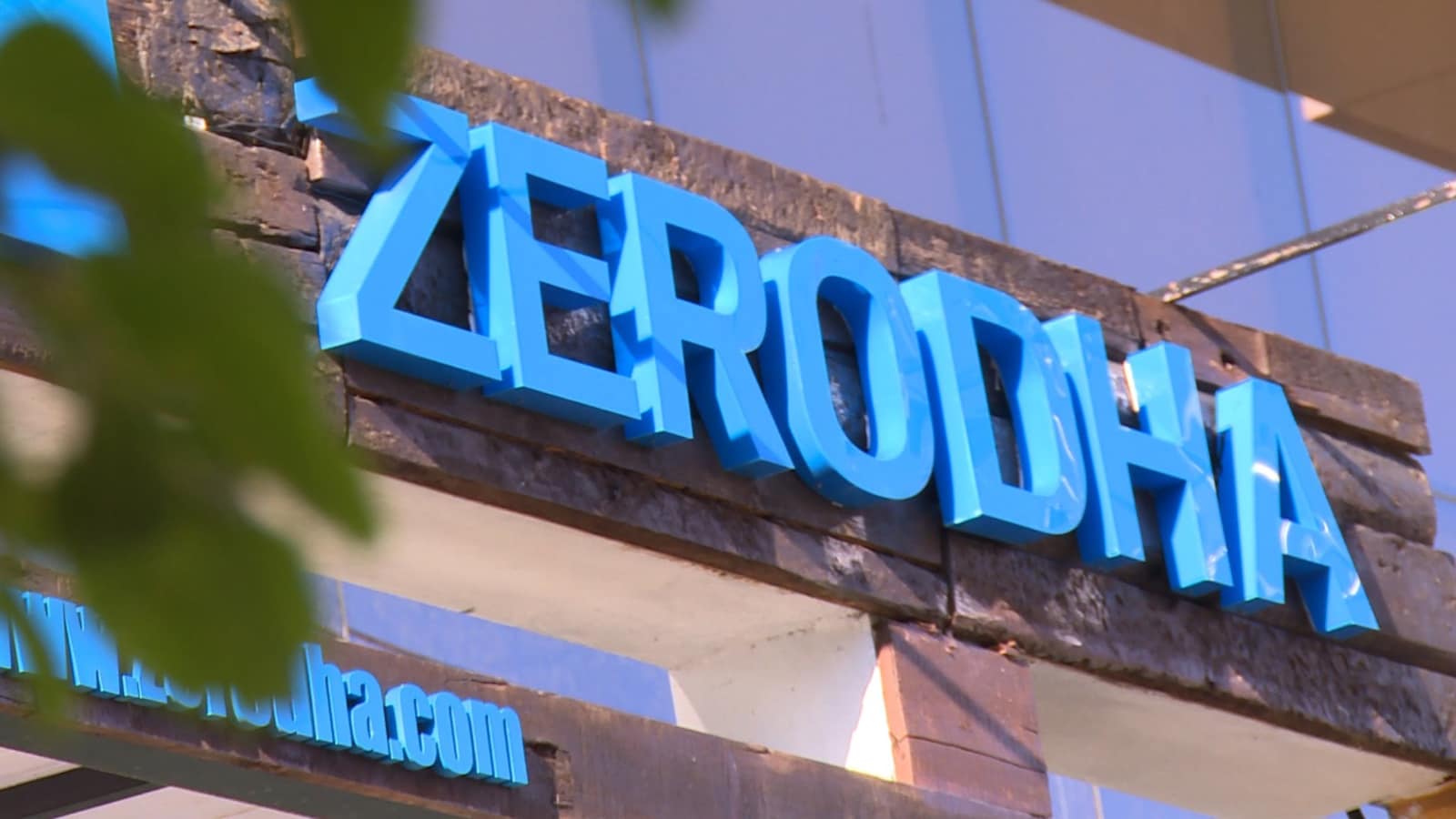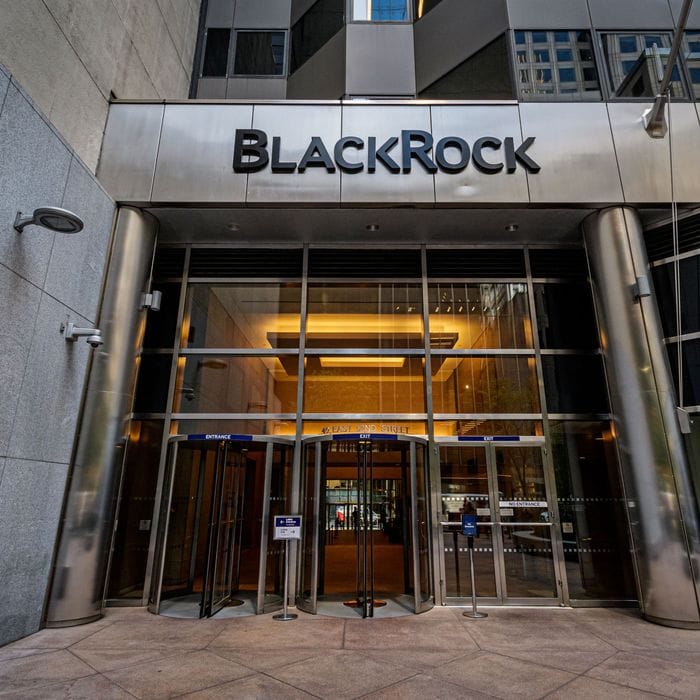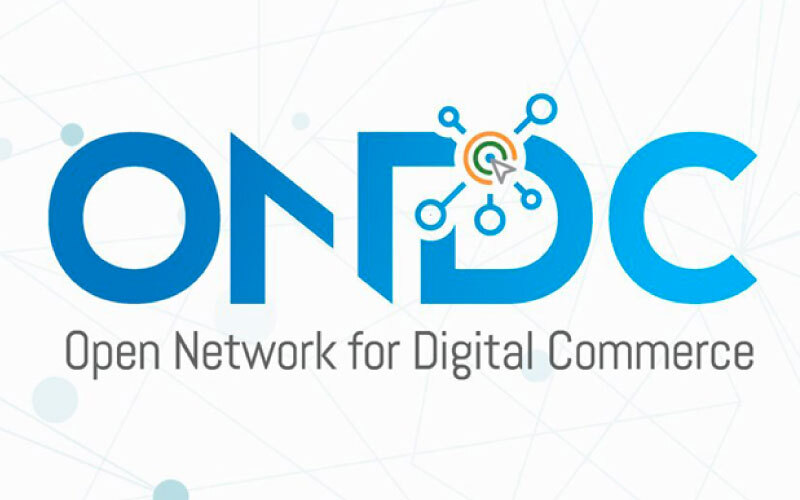The Kamath brothers started their company name as Zerodha without any round of funding, and now it is one of the few successful unicorns in India. But how? Let’s learn about it…
A VERY UNIQUE START-UP
Zerodha is a combination of two words: “zero” and “Rodha” which translates to “no barrier”. The company was launched on 15 August 2010 with the objective of eliminating all the bottlenecks in trading. Today, it is the largest brokerage company in India, and trading in any stock, IPO, mutual fund, etc. is as simple as “Zerodha”.
Zerodha doesn’t have a single IIT, IIM, or data scientist in its team and yet it is moving up the ladder of success.
THE FOUNDATION OF ZERODHA
Zerodha was launched on 15 August 2010. At the initial stage, Kamath Brothers sought capital from venture capitalists but did not get any. Hence, they decided to finance the business on their own. The total investment cost of the company was Rs. 1 Crore, Rs. 70 Crore, and Rs. 16 Thousand.
Kamath Brothers invested Rs. 1.5 Crore in the NSE technology platform, Rs. 20 Crore in the office, Rs. 16 Thousand on the website, and provided free back-office software to the company. The company initially hired a team of 5 employees.
THE FOUNDERS
Nithin Kamath is the founder of Zerodha, which was established by his two brothers, Nikhil and Nithin. Nithin holds an MBA from the Bangalore Institute of Technology and Nikhil graduated from Class 10. Nithin has been interested in trading since he was 17 years old, and although he initially worked at a call center during the night to make money and traded during the day, he also began to acquire clients. During his time as a trader, Nithin identified gaps in the industry and problems that customers faced.
BUILDING THE COMMUNITY
Kamath established a blog website to educate the youth on trading, which was the primary source of their initial client base. He also utilized social media platforms, including Orkut, to build relationships with clients. Rather than investing in marketing and advertising, Kamath opted to focus on community-building. This strategy of community-building has enabled Zerodha to remain profitable since its inception. In its first year, the company gained 3,000 new clients. To this day, the company does not invest in advertising and instead concentrates on community building.
THE SECRET FORMULA FOR ZERODHA’S SUCCESS
The first innovation was to charge a flat fee, which was Rs.20 or 0.03% whichever was less expensive for the client.
The second innovation was to provide a fee calculator on the platform. A lot of brokers used to charge clients hidden fees. But on Zerodha, the client could calculate the exact commission and the platform remained transparent.
The third innovative feature was to provide a user-friendly interface. Even for beginners, the interface was easy to navigate.
The fourth innovation was to make equity investment absolutely free, provided that the client kept the stock for more than one day.
HOW DOES ZERODHA MAKE MONEY?
Zerodha does not charge a fee, but its user base is large and generates a substantial amount of revenue; it also benefits from dividends and interest earned on its own investments. In addition, the company charges approximately $300 per year for account upkeep.
Zerodha also operates a platform, Rainmatter, which provides investors with the opportunity to invest up to one million dollars in start-ups. This enables the company to collaborate with promising start-ups and generate profits when they close.
INITIAL PUBLIC OFFERING (IPO)
It is likely that Zerodha is one of the most sought-after startups by potential investors, and those venture capitalists who initially declined to invest in the company are likely to be regretting their decision. However, the company is currently not seeking to raise capital or launch an initial public offering (IPO). CEO Nithin has stated that they wish to operate at their own pace in the interests of their clients and the company, rather than under the pressure of investors.
PROBLEMS
The company has experienced a number of outages, including one in 2019, when the platform was unavailable for 25 minutes, resulting in a loss of revenue for many customers. As the platform has a large user base, with thousands of users trading on the platform every minute, the disruption in service can cost the users lakhs of rupees. Despite this, the company has been continuously improving its services.






